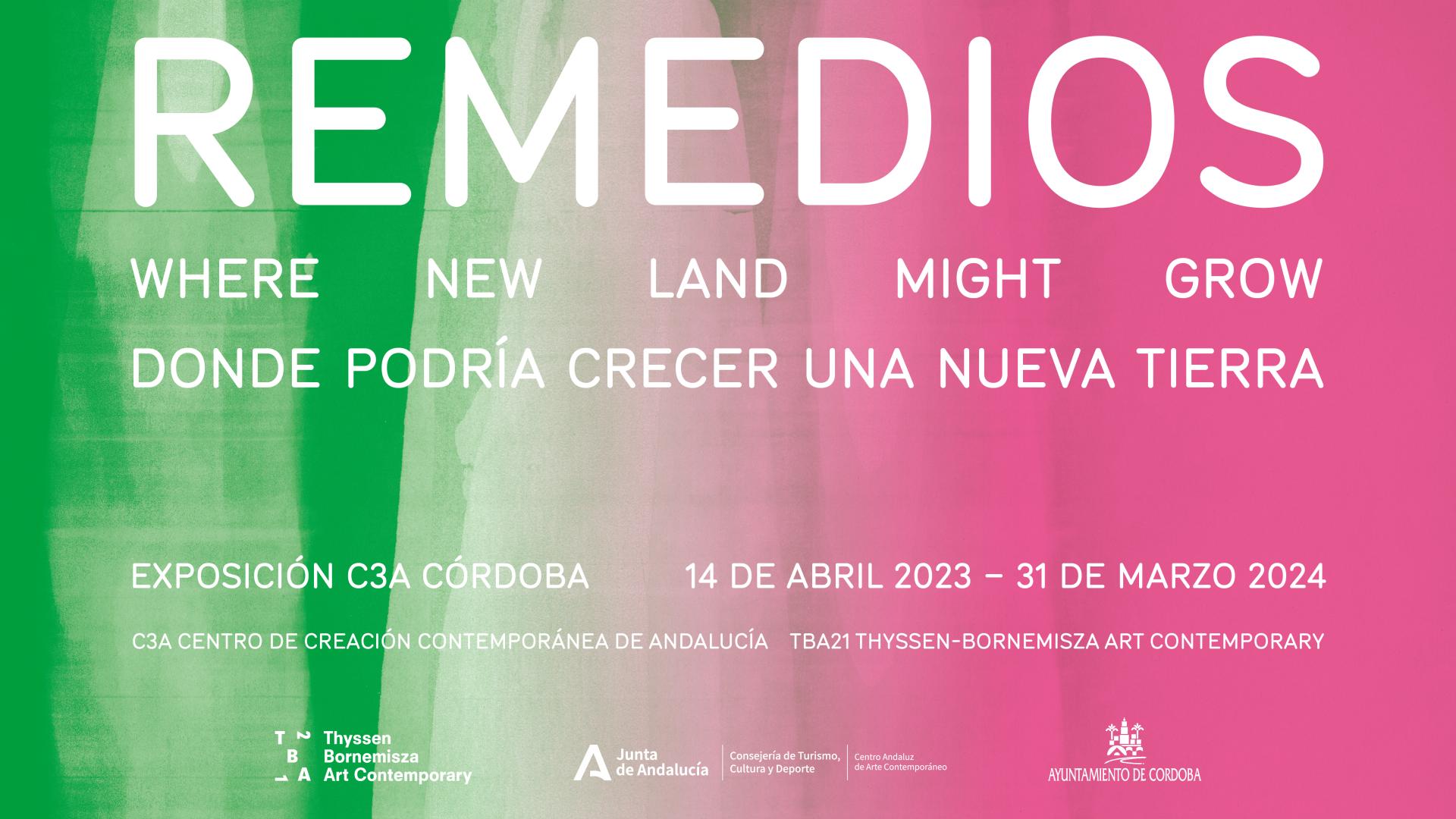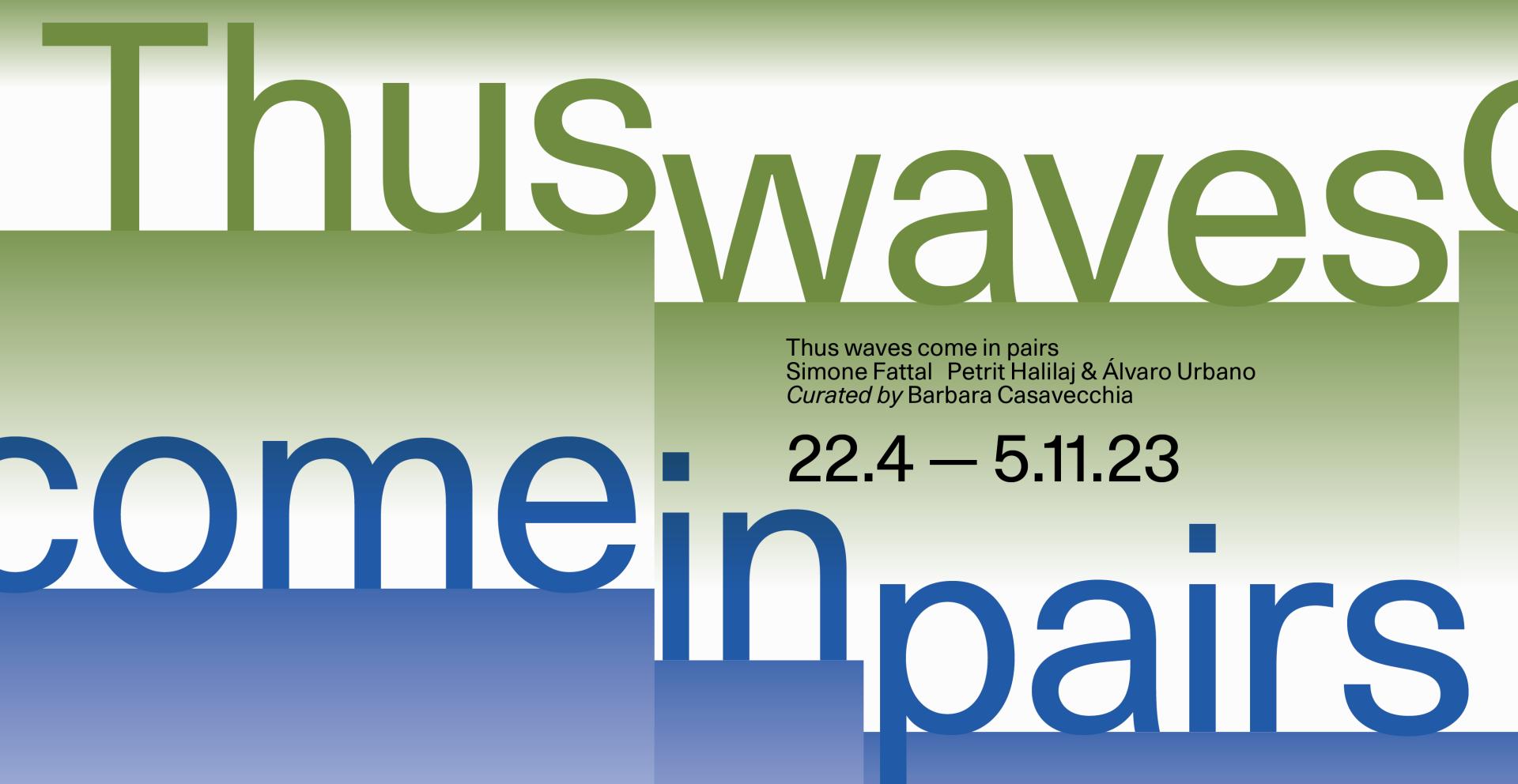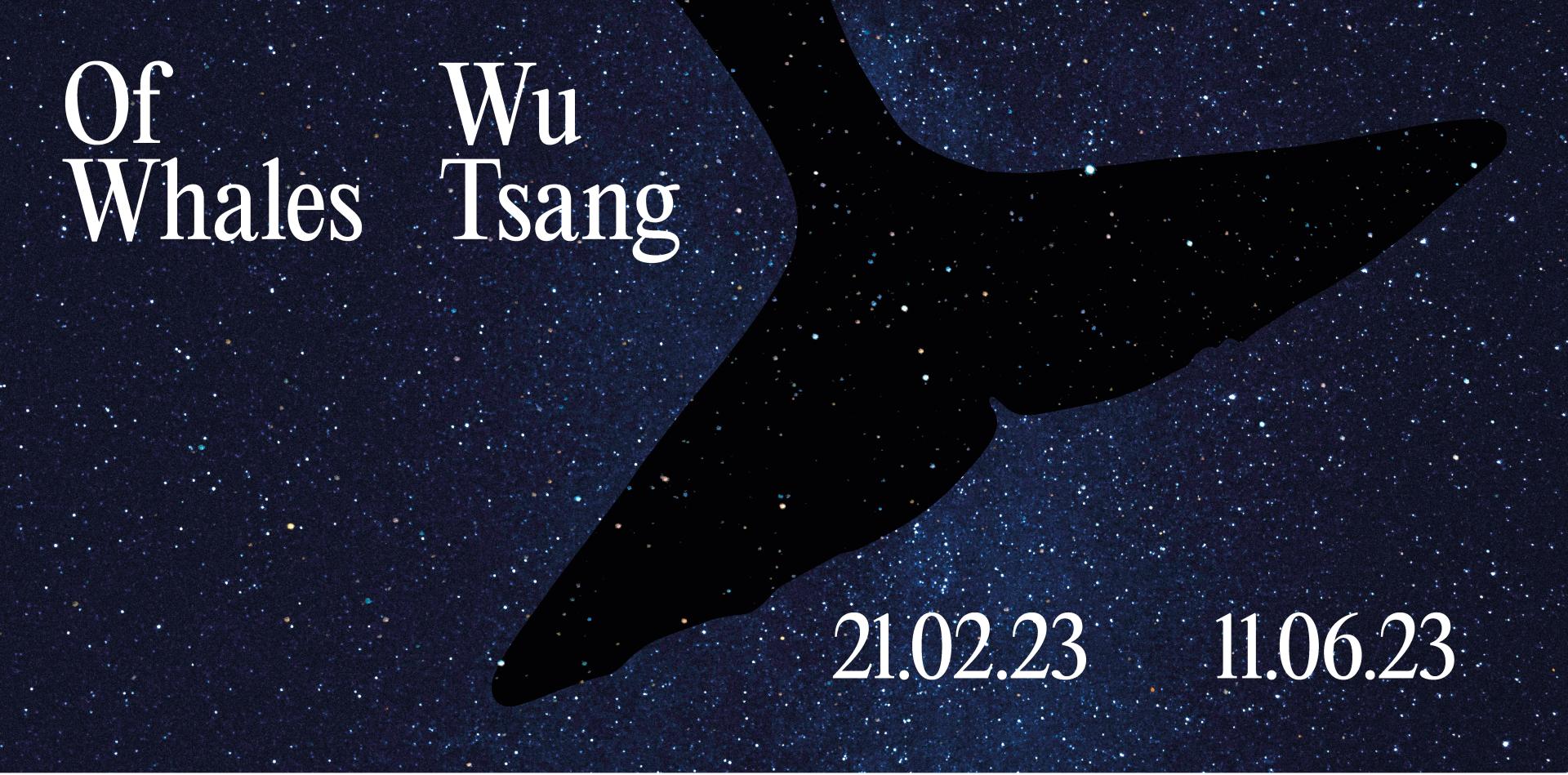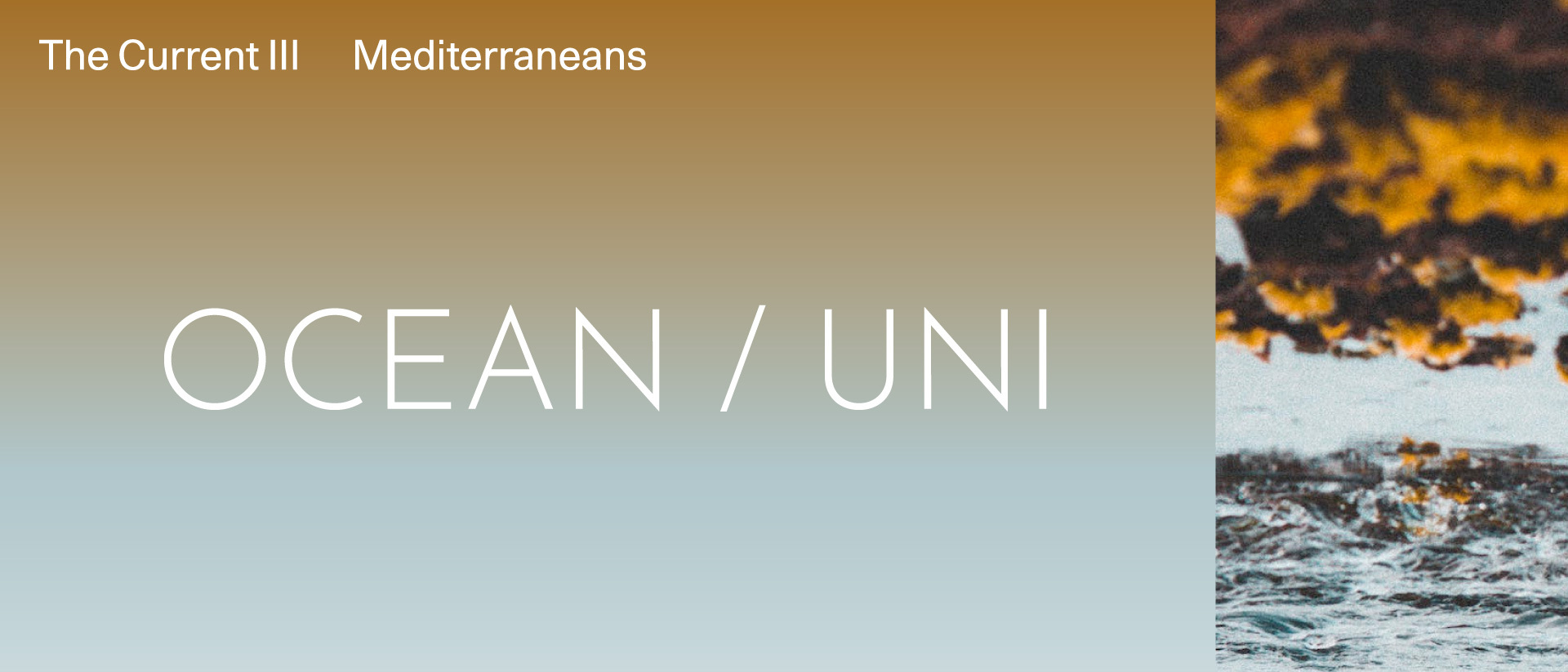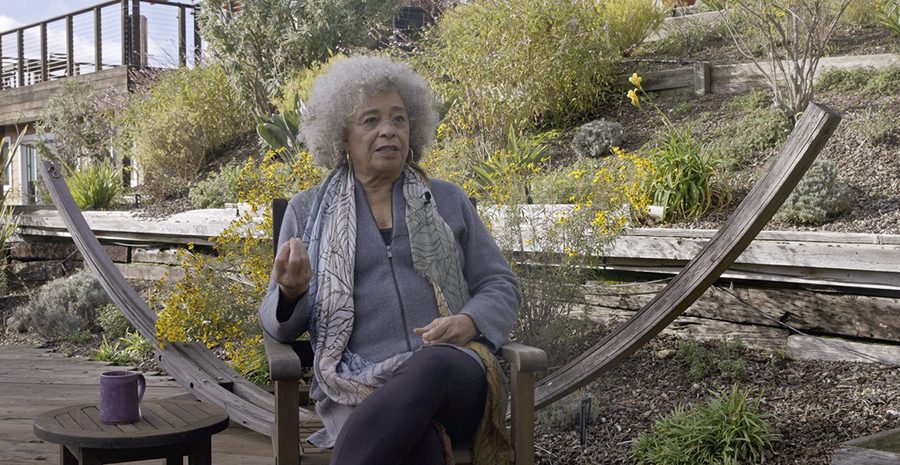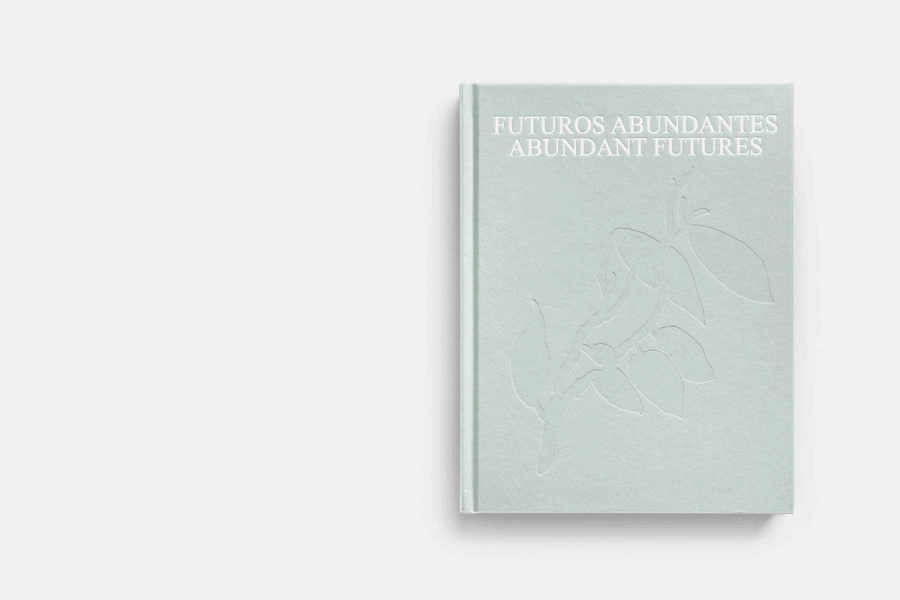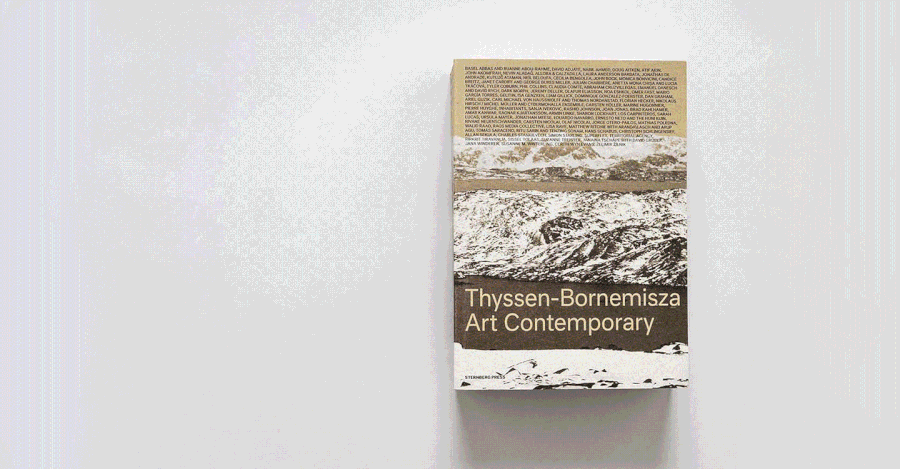Drammen 1 (Drammen / Oslo), 2001
Thomas Struth

Photo: The artist | Courtesy Galerie Max Hetzler, Berlin, 2008
Collection
C-print on Diasec
168 x 206 cm (unframed)
173.5 x 211.5 cm (framed)
Urban landscapes, family portraits, jungles, forests, and museum interiors are the handful of motifs Thomas Struth has worked on (in series) since leaving the Düsseldorfer Kunstakadmie in 1980. His large-scale photographs are formally precise and visually riveting, and are both notable for their clarity and the air of objectivity: in short, they have become "history paintings" of our times. Of all his subjects, though, it is apparent that the city has concerned him the most. His first images were archival-type, Becher-school black-and-white studies of the streets of his native Düsseldorf and other Western cities: frontal street views, devoid of people, sober records of urban space rather than representations of social experience. By the mid-1990s, Struth's city photographs - many of them taken in Asia - were richly colored and much larger and more dynamically composed. His more recent explorations of city architecture capture extreme urban situations and their science-fiction-like quality: Drammen I, which Struth calls a "surreal landscape," depicts the Norwegian city at night as if it were a futuristic landscape. The shadow of the photographer is visible in the lower left of the image, standing on soil so arid it looks lunar. A long, serpentine, phosphorescent bridge leads the way to the unreal city on the opposite bank of the river. Its brilliant lights cast a tobacco pall over the entire night sky.
168 x 206 cm (unframed)
173.5 x 211.5 cm (framed)
Urban landscapes, family portraits, jungles, forests, and museum interiors are the handful of motifs Thomas Struth has worked on (in series) since leaving the Düsseldorfer Kunstakadmie in 1980. His large-scale photographs are formally precise and visually riveting, and are both notable for their clarity and the air of objectivity: in short, they have become "history paintings" of our times. Of all his subjects, though, it is apparent that the city has concerned him the most. His first images were archival-type, Becher-school black-and-white studies of the streets of his native Düsseldorf and other Western cities: frontal street views, devoid of people, sober records of urban space rather than representations of social experience. By the mid-1990s, Struth's city photographs - many of them taken in Asia - were richly colored and much larger and more dynamically composed. His more recent explorations of city architecture capture extreme urban situations and their science-fiction-like quality: Drammen I, which Struth calls a "surreal landscape," depicts the Norwegian city at night as if it were a futuristic landscape. The shadow of the photographer is visible in the lower left of the image, standing on soil so arid it looks lunar. A long, serpentine, phosphorescent bridge leads the way to the unreal city on the opposite bank of the river. Its brilliant lights cast a tobacco pall over the entire night sky.
Thomas Struth (born 1954) is a German photographer who is best known for his Museum Photographs, family portraits and 1970s black and white photographs of the streets of Düsseldorf and New York. Struth lives and works in Berlin and New York.
This biography is from Wikipedia under an Attribution-ShareAlike Creative Commons License.
This biography is from Wikipedia under an Attribution-ShareAlike Creative Commons License.



